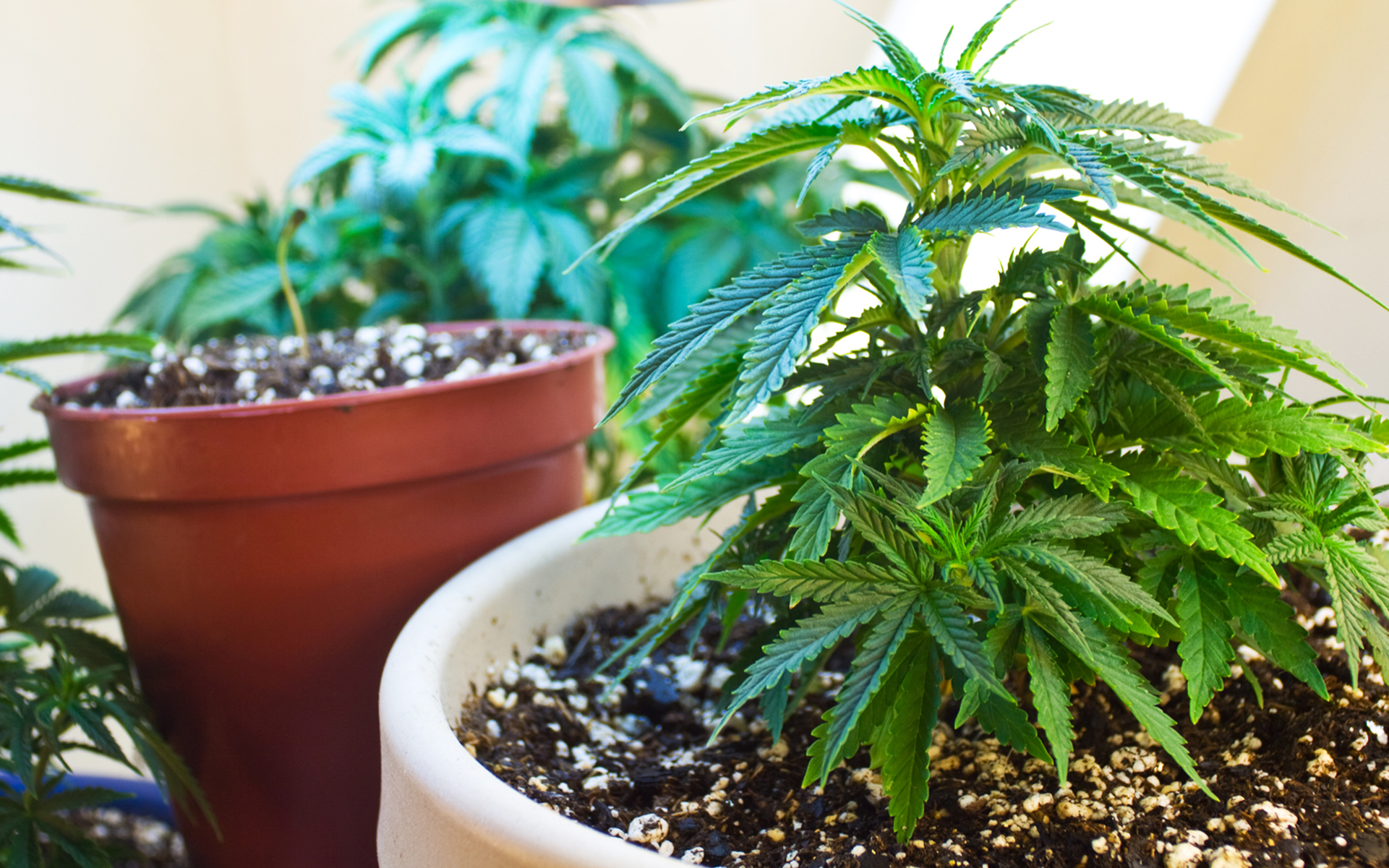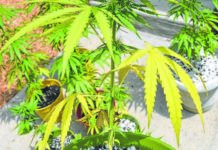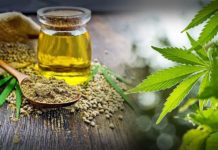When we decide to grow one or more cannabis plants outdoors –either in our terrace, orchard or some area in the mountains, we don’t need to worry about techniques. We let the plant grow at its own pace, doing some pruning or trimming to limit its height at most.
Types of indoor cannabis growing techniques
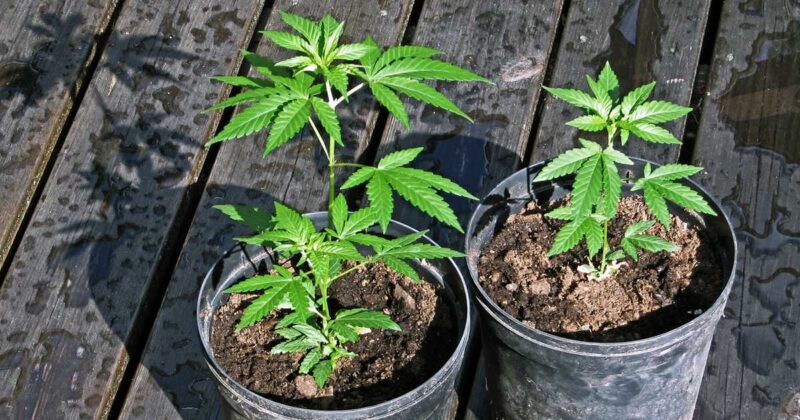
In indoor crops, however, the technique is important: we can mold the branches, determine the number of plants to fill our grow cabinet, perform selective pruning to make the most of the available light… We are going to review the main indoor cannabis growing techniques, so you can choose the one that suits you best. Do not forget to buy indoor cannabis seeds to make the harvest more fruitful. You can choose from a wide variety of seeds on sites like Seedsman.
Sea of Green
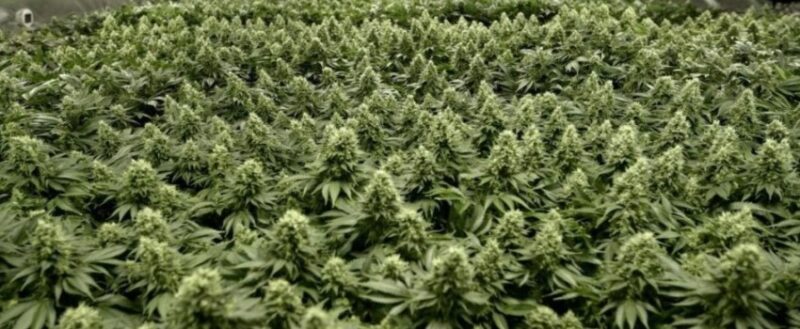
Creating a SOG is not an easy task. It takes a lot of experience, patience, and specific tools –such as a drip irrigation system or hydroponic cultivation system, in addition to a fully optimized space.
The SOG consists of putting many perfectly rooted cuttings in individual pots over the entire cultivation surface so that in a square meter we can put 25 to 50 cuttings with their corresponding pots –normally three liters, although it can vary according to needs and substrate.
What you want to achieve with a SOG is a small-height crop, getting many main buds –which are the largest. With this, we will achieve much more productive than with other techniques, but it also means dedicating more hours of work.
Screen of Green
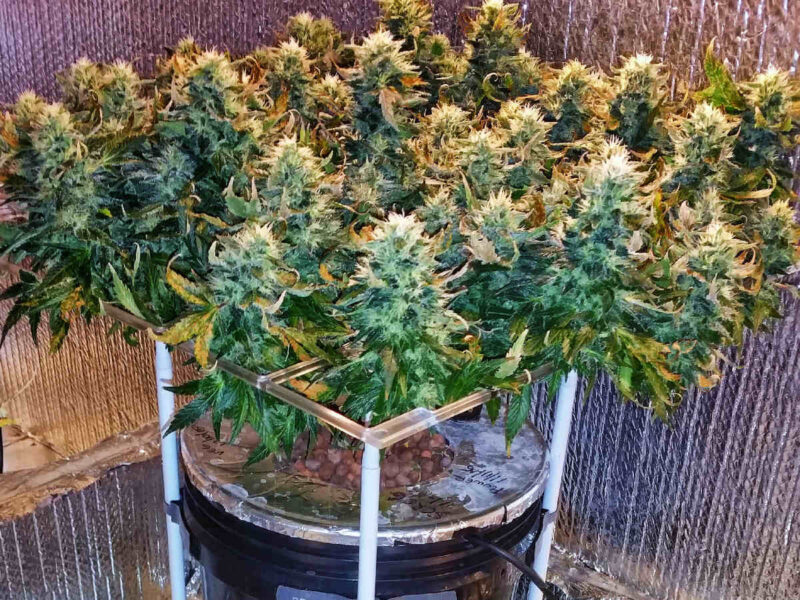
SCROG stands for Screen Of Green. We can get a rough idea of what this technique is like by its name. This technique is used to achieve great production with a reduced number of plants, to optimize cultivation and make the most of the possibilities of each one of them.
Carrying out a SCROG is much easier than a SOG, although we will also need some expertise and patience since the vegetative period of the plants will be somewhat higher than usual.
The SCROG consists of putting some plants –4 to 8 per square meter and letting them branch to occupy the entire growing space with their branches. As it is kind of a complicated task, a mesh or grid screen is used to be able to mold and adapt the branches to our liking.
The objective of this technique is to extract as many buds as possible from each plant, making them branch and hand-molding the branches so that they take full advantage of the light.
To stimulate the branching of the plant, the buds are constantly pruned. Thus, the plant will begin to branch a lot, and here is when we must mold the branches so that they occupy the free spaces of the mesh, net or screen.
Low-Stress Training
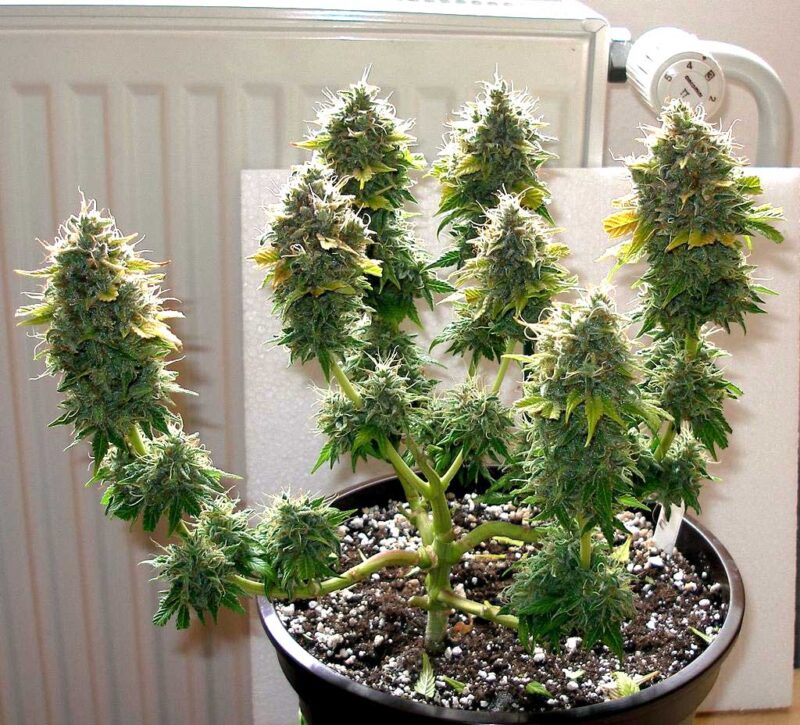
LST stands for Low-Stress Training. This technique is mainly used to delimit the height of marijuana plants without having the need for any type of pruning that can stress the plant.
This is recommended for outdoor crops, although it can also be applied to indoor crops. It consists of molding the plant making circles with the main stem so that the main crown marks the path of the molding.
The technique is very simple: we wait for the plant to have about six or seven knots and then, with the help of a rope or wire, we carefully fold it to the side of the pot. As it grows, we bend the main stem onto itself, so that it grows to make circles on its own base.
We can perform this technique on plants that grow from a seed or cuttings of any type of variety, although it is more advisable to use Sativa varieties for their rapid growth. The goal is to obtain low and productive plants, limiting their height so that potential thieves do not steal our plants -as we already indicated, it is mainly an outdoor technique.
Most important parameters in indoor cannabis growing
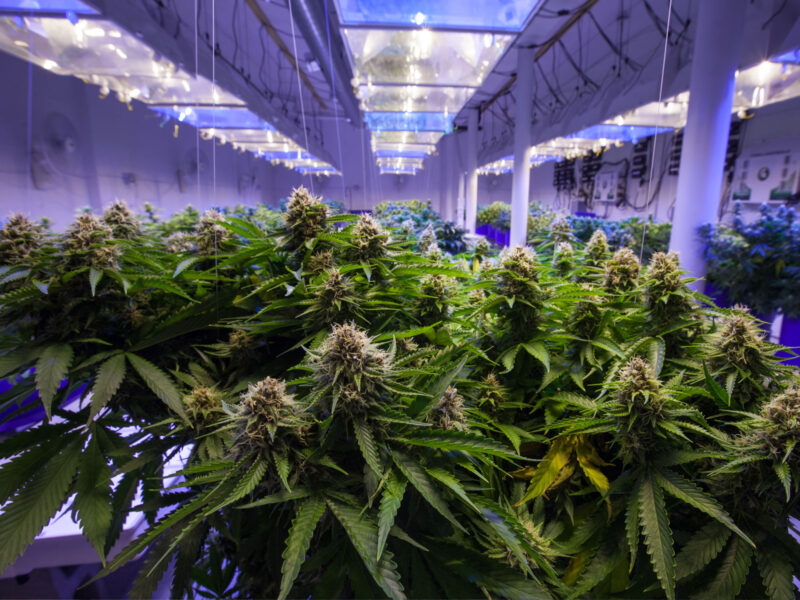
Here we explain some practical tips to help you get a notoriously premium result in your indoor crops both –quality and quality-wise.
Light
Marijuana plants, like the rest of the plants on the planet, are only capable of assimilating a number of photons at a time. So, if we apply excessive lighting, we won’t be helping our plants since we will be probably saturating them. We will know when this happens because the branches will begin to rotate their leaves a few degrees to let the light through instead of capturing it –as it happens in natural wildlife plants. For this reason, over-lighting is as bad as falling short.
A poorly lit plant will not grow properly, nor will it give you the best results by far. Cannabis plants are a lumen eater –but they do have a limit, as all live beings do. In general, they require a specific light output to develop properly.
Humidity
It is best to divide the configuration of these parameters into two cycles. The first is the growth cycle, in which the optimum humidity must constantly reach 60/80%.
During the second cycle, also known as the flowering stage, you should lower the humidity level to 50%. By doing so, you avoid an excess of humidity in the flowers that will later form buds, stopping the appearance of fungi.
What growing technique should I choose?
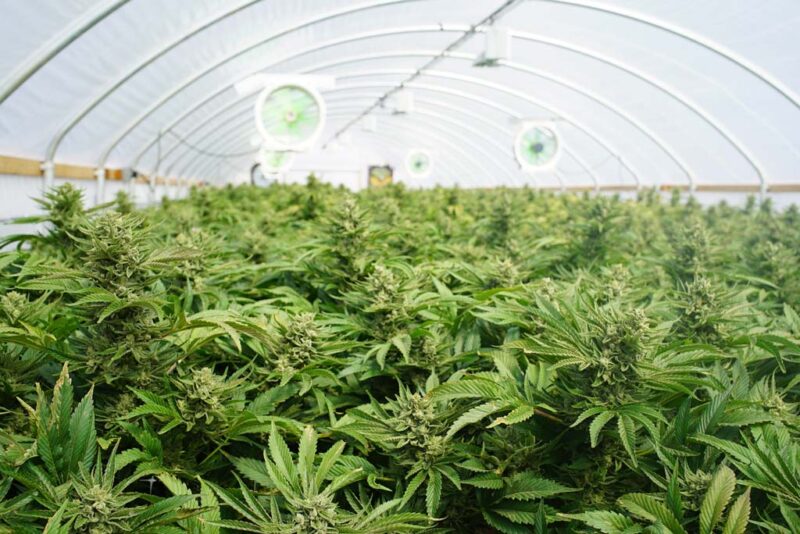
It all depends on the knowledge and experience of each cultivator, their means, and the actual time that they can spend growing their cannabis seeds. There is also the option of free growing -that is, plant the seeds and let the plants grow and bloom freely, or to perform specific pruning, such as FIM pruning, APICAL pruning, or Super Cropping to mold them according to our preferences. You can also use the specific pruning with cultivation modalities we have reviewed and “experiment” with the results on the fly. There is a whole new world to discover.

